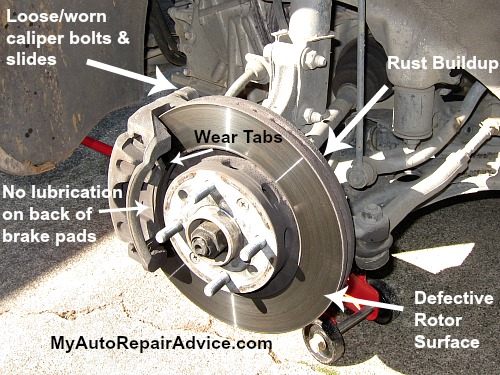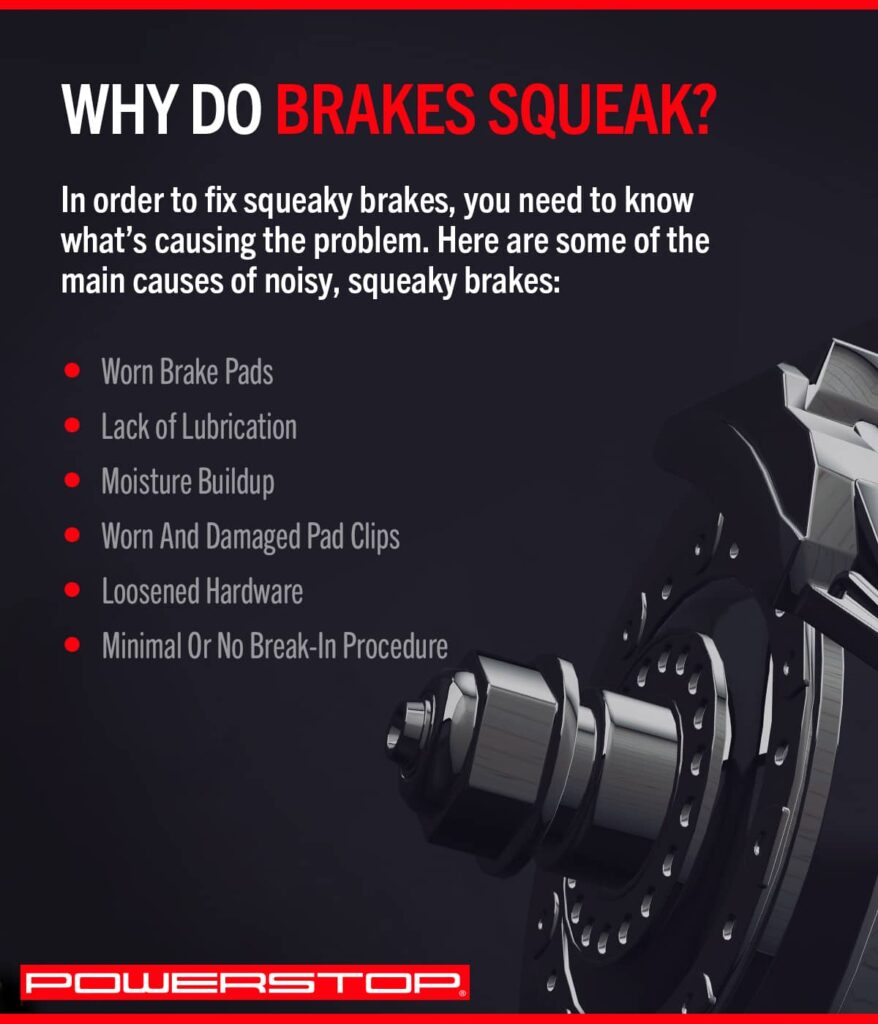You’ve just invested in new brake pads and rotors, expecting a smooth and quiet ride. But now, every time you hit the brakes, an annoying squeak fills the air.
You start to wonder, “Why do my brakes squeak after new pads and rotors? ” This noise can be frustrating, especially after spending your hard-earned money to ensure your safety on the road. You’re not alone in this. Many car owners face this puzzling situation, and the answer might not be as straightforward as you’d think.
Understanding why this happens is crucial for your peace of mind and your vehicle’s performance. We’ll dive into the common causes of brake squeak after replacing pads and rotors and explore whether you need to consider replacing your brake pad wear sensor. Stick around, because what you discover here might just save you time, money, and a few headaches.

Credit: automotive.repair
Do I Need To Replace Brake Pad Wear Sensor
Squeaking brakes after installing new pads and rotors can be frustrating. This noise often indicates the brake pad wear sensor is worn or improperly installed. Replacing the sensor can resolve the issue and ensure smooth, quiet braking performance.
After installing new brake pads and rotors, squeaking sounds can be frustrating. Many drivers wonder if they should replace the brake pad wear sensor. This sensor plays a role in monitoring brake pad thickness. Here’s what you need to know.
Understanding Brake Pad Wear Sensors Brake pad wear sensors are crucial components in modern vehicles: – Function: They alert you when brake pads are worn down. – Importance: Prevents damage to rotors by notifying you to replace pads. – Placement: Typically found in front brake pads.
– Replacement: Sensors should be replaced with new brake pads. – Cost: Usually affordable and a smart investment. Signs You Might Need to Replace the Sensor There are specific indicators that suggest replacing the brake pad wear sensor: – Warning Light: If a warning light is on, the sensor might be faulty.
– Squeaking Noise: Persistent noise could mean sensor issues. – Visual Inspection: Check for damaged or frayed wires. – Mileage: Consider replacement if nearing the sensor’s lifespan. – Performance: Notice reduced braking efficiency? Sensor might be worn out. Steps to Replace a Brake Pad Wear Sensor Replacing a brake pad wear sensor is a straightforward task.
Follow these steps: – Prepare Tools: Gather necessary tools, including a screwdriver and pliers. – Locate Sensor: Find the sensor attached to the brake pads. – Disconnect: Carefully remove the old sensor. – Install: Attach the new sensor securely. – Test: Ensure the sensor is functioning properly by driving a short distance.
Benefits of Replacing the Sensor Replacing the brake pad wear sensor has several advantages: – Safety: Ensures timely alerts for brake pad replacement. – Longevity: Helps extend the life of brake components. – Cost-Effectiveness: Saves money by preventing rotor damage.
– Peace of Mind: Provides confidence in your vehicle’s braking system. – Reliability: Maintains optimal braking performance. Understanding these elements can help maintain your vehicle’s safety and performance.

Credit: www.powerstop.com
Conclusion
Squeaky brakes after installing new pads and rotors can be frustrating. Often, the issue lies in installation or material choice. Dust and debris can also contribute to noise. Check for proper installation. Ensure high-quality materials are used. Consider the brake pad wear sensor.
It might need replacement if worn. Regular maintenance helps prevent issues. Consult a professional if noise persists. Proper care ensures smoother, quieter braking. Keep your brakes in top condition for safe driving.
